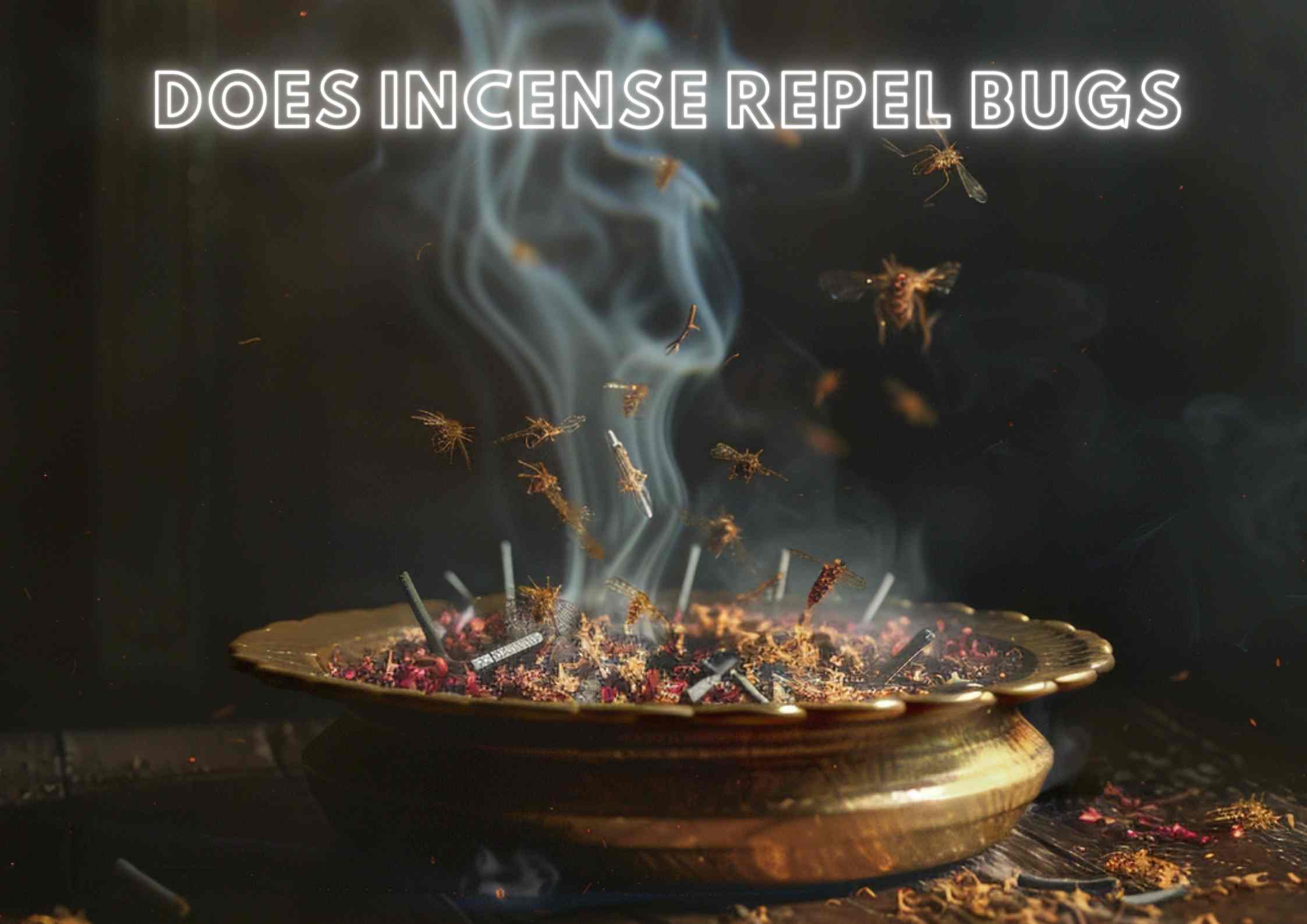How To Make Incense Cones
Mar 16 , 2024
Incense cones are a popular way to enjoy aromatic scents. Making them at home is cost-effective and allows you to customize fragrances. This blog post guides you through the process, from gathering ingredients to shaping cones.
Get ready to fill your space with delightful aromas.
Key Takeaways
- Making incense cones at home allows you to customise the fragrance by blending different dried herbs, flowers, and essential oils as per your preference.
- The core ingredients required are dried aromatic herbs (like frankincense, myrrh, rose petals), makko or marshmallow root powder as a binding agent, and a small amount of water.
- The process involves grinding the dried herbs to a fine powder, mixing them with makko powder and water to form a malleable paste, shaping the paste into cone forms, and allowing them to dry completely before storing in an airtight container.
- Proper drying and storage are crucial for maintaining the aroma and longevity of homemade incense cones, which can last up to a year when done correctly.
- Experimenting with different herb combinations and ratios allows you to create unique, personalised incense fragrances tailored to your preferences.
Benefits of Making Homemade Incense Cones
Making homemade incense cones offers several advantages. First, crafting your own cones allows you to customize the scents to your preferences by selecting your desired blend of herbs, flowers, and essential oils.
Additionally, you have control over the ingredients, ensuring you use safe, natural, and high-quality components. Homemade incense cones tend to be more affordable than store-bought options.
Moreover, the process itself can be a relaxing and therapeutic experience, providing a sense of accomplishment and satisfaction. After discussing the benefits, we'll move on to the supplies and ingredients needed.
Supplies and Ingredients Needed
Gather the required supplies. Source the ingredients.
Herbs
Dried herbs play a crucial role in crafting homemade incense cones. Select aromatic herbs like frankincense, myrrh, sandalwood, rose petals, lavender, or sage. You can use locally grown herbs or purchase them from reputable suppliers.
Grind the dried herbs into a fine powder using a spice grinder or mortar and pestle.
Experiment with different herb combinations to create unique scents. Woody herbs like patchouli and cedarwood blend well with floral notes from rose or jasmine. Citrusy herbs like lemon verbena or lemongrass add a refreshing aroma.
Makko or Marshmallow Root Powder
Makko powder, also known as marshmallow root powder, acts as a binding agent. It helps hold the various ingredients together when making incense cones. The powder comes from the root of the marshmallow plant.

It contains mucilage, a sticky substance that provides adhesive properties.
Marshmallow root powder offers an affordable and natural binding option. It's widely available and easy to source. The powder has minimal aroma, ensuring it doesn't overpower the scent of the herbs and essential oils used in incense cones.
Water
Water plays a crucial role in making incense cones. It binds the powdered herbs and other ingredients together, allowing them to form a malleable mixture. A small amount of water, typically just a few tablespoons, helps the cone mixture achieve the desired consistency for shaping and molding.
[Using appropriate water quantity ensures the incense cones retain their structure during drying and burning].
The water added should be just enough to moisten the powdered ingredients without making the mixture too wet or soggy. [Too much water can lead to crumbly or cracked incense cones].
Step-by-Step Instructions for Making Incense Cones
Step-by-Step Instructions for Making Incense Cones include gathering and grinding herbs, mixing the ingredients, shaping the cones, and drying and storing them. Learn the complete process by reading further.
Gathering and Grinding Herbs
Gathering and grinding herbs involves crucial steps. Proper selection and preparation are vital.
- Identify the aromatic herbs desired for your incense cones. Research their properties and symbolic meanings.
- Harvest herbs responsibly, ensuring sustainable practices. Wildcraft when possible, respecting nature.
- Dry herbs thoroughly before use. Proper drying prevents mold and preserves aroma.
- Separate herbs into manageable batches for grinding. Smaller quantities ensure consistent texture.
- Grind herbs using a mortar and pestle, spice grinder, or coffee grinder. Grind to a fine, consistent powder.
- Sift the powdered herbs through a fine mesh strainer. Remove any remaining coarse particles.
- Store ground herbs in airtight containers. Label clearly with contents and date.
- Consider combining complementary herb powders for complex, balanced scents.
- Experiment with different herb ratios to create unique blends tailored to your preferences.
Mixing the Ingredients
After grinding the herbs, the next crucial step involves combining the powdered botanicals with other ingredients. Thoroughly mixing all components ensures an even distribution of aromas throughout the incense cones.

- Add the powdered herbs to a mixing bowl.
- Incorporate makko or marshmallow root powder, acting as a binding agent.
- For added fragrance, mix in essential oils of your choice.
- Slowly drizzle water while stirring, creating a malleable paste - like consistency.
- The paste should hold its shape yet remain slightly sticky for cone formation.
- Adjust moisture levels by adding more powder or water as needed.
- Knead the mixture until it becomes an even, homogeneous blend.
- The thorough amalgamation of ingredients ensures consistent aroma release when burned.
Shaping the Cones
Crafting incense cones involves a straightforward process. Two crucial elements are attention and patience.

- Prepare a cone - shaping surface. A flat, smooth surface works best.
- Take a small amount of the incense mixture. Roll it into a ball shape.
- Gently press the ball against the surface. Apply pressure with your fingers.
- Carefully shape the mixture into a cone form. Use a rolling motion.
- Ensure the cones maintain their shape. Allow them to dry completely.
- Consider using a cone - shaping tool. This can simplify the process.
- Experiment with different cone sizes. Vary the mixture amounts.
- Maintain a consistent cone shape. This enhances burning efficiency.
- Store the cones properly. Avoid moisture exposure.
The next step involves drying and storing the freshly shaped cones.
Drying and Storing
Incense cones need drying after shaping. Store them properly for prolonged use.
- Air-dry the shaped cones on a mesh screen or tray for 1-2 days. Flip them occasionally.
- Place the partially dried cones in an airtight container. Leave the lid slightly open for further drying over 3-4 days.
- Once completely dry, transfer the cones to an airtight jar. Keep them away from moisture and heat.
- Label the jar with cone details like ingredients and date.
- Check the cones periodically for any mold growth. Discard moldy cones.
- Properly dried and stored cones can last 6 months to a year.
Drying incense cones takes time but ensures longevity. Proper storage prevents moisture absorption, preserving aroma. This paves way for tips on successful cone making.
Tips and Troubleshooting for Successful Incense Cone Making
Making incense cones is an art. Some key tips include using high-quality, fresh herbs and spices. Grind ingredients thoroughly into a fine powder for even burning. If the cone mixture seems too dry, add a few drops of water or honey to moisten it slightly.
Shape cones firmly but gently to avoid cracking or crumbling during drying. Adjust the drying time based on humidity levels – cones dried too quickly can become brittle.
Troubleshooting common issues: If cones crack or break apart easily, the mixture was likely too dry. Add more binding agent like makko powder next time. Uneven burning indicates uneven mixing of ingredients – sift powders together thoroughly before shaping.
Cones that won't hold their shape need more moisture or binding agent added. With some experimentation, you'll perfect your desired aroma and consistency for long-lasting, evenly burning incense cones.
Conclusion
Crafting incense cones grants a rewarding experience, allowing you to customize aromas and infuse your home with captivating scents. Explore the art of incense making and unleash your creativity through a harmonious blend of herbs and essential oils.
Revel in the therapeutic benefits and embrace a serene ambiance. Create a sanctuary of tranquillity within your abode.
FAQs
1. What materials are needed to make incense cones?
You need incense powder, a binder like gum Arabic, and a mould or cone-shaping tool.
2. How long does it take to make incense cones?
The process of making incense cones can take several hours, including drying time.
3. Can I add essential oils to incense cones?
Yes, you can add essential oils to the incense powder mixture to create scented incense cones.
4. How do I store homemade incense cones?
Store homemade incense cones in an airtight container in a cool, dry place.
5. Do I need any special equipment to make incense cones?
While not strictly necessary, having a cone-shaping tool or mould can make the process easier.




